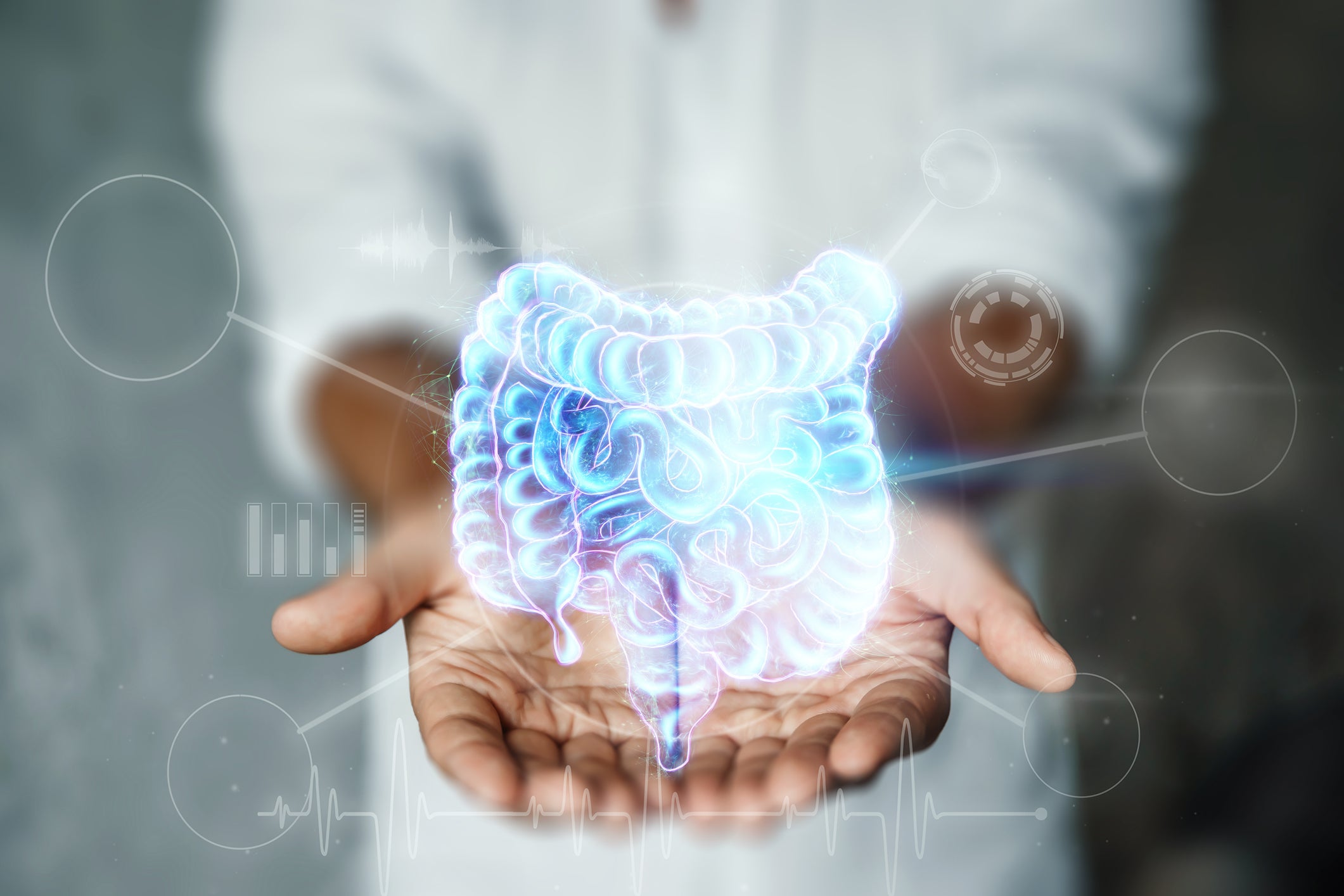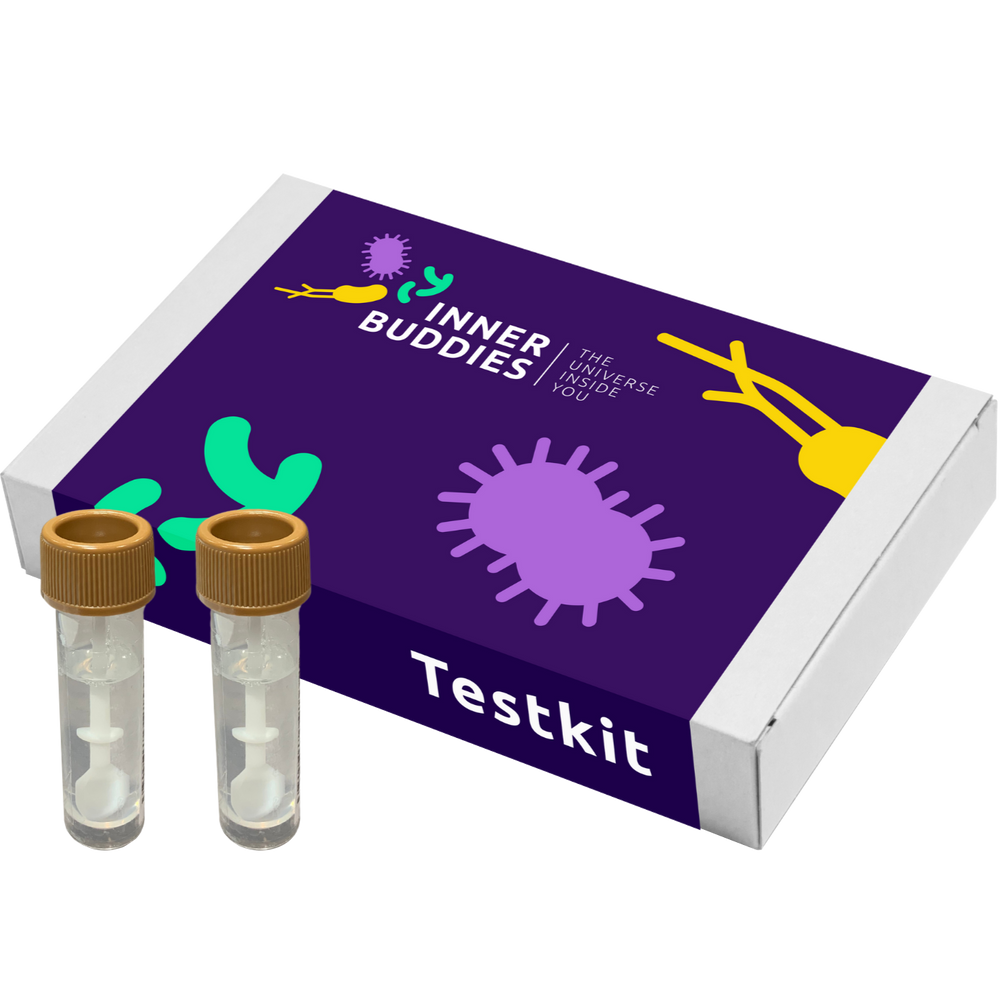
Gut Microbiome: The Good, The Bad, and The Ugly
In the pursuit of a healthier life, the gut microbiome has become a priority. We have an intricate relationship with our gut microbes. Discovering how to balance them may be the key to a healthier lifestyle. You might have heard of the human microbiome by jumping into our microbiome-focused blog and therefore got acquainted with the microorganisms that live in your gut flora. But did you realize that they have a say in how well your overall health and well-being are? While several microbes that populate the gut microbiota are healthy and beneficial for us, some populations of bacteria are associated with various health disorders. So what are the benefits and the risks of the members of the gut microbiome? Are these related to single bacteria that live in the gut flora? Some bacteria have been studied and extensively researched for their health benefits (Good) while others for the health disorders they might cause (Bad) and for their relationship in eliciting both health benefits and health disorders (Ugly). In this article, we clustered some of these bacteria into Good, Bad, or Ugly.
The Good
Good bacteria are essential to our lives. They perform many health functions such as breaking down undigestible foods and absorbing their nutrients. Moreover, good bacteria compete with pathogens to avoid their colonization in the intestinal tract while reducing their growth and virulence via the production of various metabolites, including certain vitamins.
Although research discovered several good bacteria, we focus on our top four and introduce the Bifidobacterium, Lactobacillus, Akkermansia and Faecalibacterium.
Bifidobacterium
Some Bifidobacterium strains are considered important probiotics (microbes ingested in sufficient amounts to have beneficial effects on the host) and used in the food industry. Different species and/or strains of bifidobacteria may exert a range of beneficial health effects. Some of these are the regulation of intestinal microbial homeostasis, the inhibition of pathogens and harmful bacteria that colonize and/or infect the gut, the modulation of local and systemic immune responses, the repression of cancer-causing activities within the microbiome, the production of vitamins, and the transformation of dietary compounds into biologically active molecules. Bifidobacteria are highly prevalent in the infant's gut. The human infant gut is relatively sterile up until birth, where it takes up bacteria from its surrounding environment and its mother. There are differences in the microbiome between an infant gut and an adult gut. An infant reaches the adult stage of their microbiome at around 3 years of age, when their microbiome diversity increases, stabilizes, and the infant starts eating solid foods. Bifidobacterium is the most common bacteria found in an infant’s gut microbiome. Breastfed infants are colonized earlier by Bifidobacterium when compared to babies that are primarily formula-fed. This is because mother’s milk contains high concentrations of lactose and something called ‘human milk oligosaccharides’ (HMOs). HMOs are preferred substrates for bifidobacteria, and upon fermentation of these HMOs, the pH in the infant's gut is lowered. This will make it more difficult for bad bacteria to grow.
Lactobacillus
Together with Bifidobacterium, Lactobacillus is one of the species most used as probiotics (microbes ingested in sufficient amounts to have beneficial effects on the host). Until March 2020, the genus Lactobacillus comprised over 260 diverse species. However, a revision of the classification of the genus in 2020 assigned lactobacilli to 25 distinct genera. For the sake of simplicity, we will still keep these under the genus Lactobacillus, as most scientific databases have not been updated yet. Therefore, we will identify something that is now called e.g. Lactiplantibacillus still as Lactobacillus.
Lactobacillus species constitute a significant component of the human gut microbiome but also inhabit several body sites, such as the female vagina. Lactobacillus exhibits a mutualistic relationship with the human body (a relationship that benefits both), namely, it protects the host against potential invasions by pathogens, and in turn, the host provides it with a source of nutrients. Lactobacilli are among the most common probiotics found in food such as yoghurt, but can also be bought in the form of tablets, capsules, and powders. It is diverse in its application to maintain human well-being, as specific strains can help treat diarrhoea, vaginal infections, and skin disorders such as eczema. Some lactobacilli have also been shown to be beneficial for brain-related disorders, such as anxiety and stress. However, all of these effects are strain-dependent, meaning that Lactobacillus is not a golden bullet; one would need a different Lactobacillus for eczema than, for example, diarrhoea.
Akkermansia
For a long time, this genus contained a single known species, namely Akkermansia muciniphila, which translates into ‘loves mucus’. Why you may ask? Well, mucus that is produced by the host (us) and secreted into the gastrointestinal tract is thought to be the major growth substrate for Akkermansia. The genus has been found in numerous mammals and other animals that produce mucus. Although it accounts for only 1 to 4% of intestinal bacteria in adults. Recently performed studies have indicated that Akkermansia muciniphila may reduce obesity, diabetes and inflammation.
Faecalibacterium
Faecalibacterium is one of the most abundant and important bacteria in the human gut microbiome. In healthy adults, Faecalibacterium prausnitzii (a species of Faecalibacterium) represents on average more than 5% of bacteria in the intestines. This makes it one of the most common gut bacteria, but some people lack this important species. Their role in the body is to boost our immune system. In individuals with lower than usual levels of this bacteria in the gut, this has been associated with Crohn’s disease, obesity, asthma and major depressive disorder. A beneficial function of Faecalibacterium prausnitzii is that it can improve the gut barrier function. This is because it produces butyrate, a short-chain fatty acid, which is an important metabolite produced by the gut microbiome by fermenting dietary fibre.
The Bad
The gut ecosystem is populated by trillions of bacteria and some of those have been associated with the onset of diseases. Hence why these bacteria have gained a bad reputation. From intestinal and digestive discomfort to more complex diseases, bad bacteria can compromise people's well-being and jeopardize their overall health.
Fusobacterium and some Clostridium species are the most studied because of their associations with several diseases such as colorectal cancer, Crohn's disease and cardiovascular diseases.
Fusobacterium
Fusobacterium has several pathogenic (disease-causing) species. The characteristic that makes these species such efficient pathogens is their ability to adhere to a large selection of other microbes in a biofilm, allowing them to build on previous damage caused by these microorganisms. In 2011, researchers discovered that Fusobacterium flourishes in colon cancer cells, and is often also associated with ulcerative colitis.
That being said, researchers have not determined if the organism actually causes these diseases or if it simply flourishes in the environment that these diseases create. Many studies by now have indicated that the species Fusobacterium nucleatum (F. nucleatum) is closely related to colorectal carcinogenesis. Colorectal cancer (CRC) is a common cancer type that affects people worldwide. Analyses have shown an enrichment of F. nucleatum in colorectal carcinoma tissue. The molecular mechanism has been unravelled and involves immunosuppression, stimulation of colon cancer progression, and resistance to cancer drugs.
Certain Clostridium species
Clostridium sensu stricto has been associated with visceral hypersensitivity (bowel pain) in patients with irritable bowel syndrome. It also has been shown to produce trimethylamine-N-oxide, a fermentation metabolite of dietary choline or carnitine, a metabolite that is linked to cardiovascular disease. Next to that, it is also raised in colitis (inflammation of the inner lining of the colon) and correlated to body weight, thus potentially having a role in obesity. Clostridium difficle in large amounts can be fatal and is increased after antibiotic treatment, as this species itself is resistant to antibiotics. Usually, only a poop-transplantation (FMT) can cure people with “C. diff overgrowth”.
The Ugly
Some bacteria can exert both health benefits and health disorders. This interesting case falls under the Ugly bacteria category.
Among those are some bacteria such as Alistipes and Parabacteroides of which it recently has been discovered that they have a more established association with health and disease.
Alistipes
A relatively newly discovered genus of bacteria is Alistipes. There is contrasting evidence on the effect of diseases. On the one hand, the literature indicates that Alistipes may have protective effects against some diseases such as liver fibrosis, colitis, cancer immunotherapy, and cardiovascular disease. On the other hand, other studies indicate that Alistipes play an undesired role in the development of colorectal cancer and are associated with mental signs of depression.
Parabacteroides
The Parabacteroides genus has been associated with reports of both beneficial and pathogenic effects on human health. It is one of the many genera that produce lipopolysaccharides, which cause systemic inflammation if it crosses the gastrointestinal tract. Although Parabacteroides is part of the normal gastrointestinal microbiome, it has also been associated with disease. We have seen in the literature that it has been isolated from abdominal infections and abscesses in humans. More recently, Parabacteroides have been shown to have unclear and inconclusive effects on models of inflammatory bowel disease (IBD), with reports describing both pro-inflammatory (pathogenic) and anti-inflammatory (beneficial) effects.
By now, you know that not all bacteria have health-beneficial properties. Some may also promote health disorders. Knowing which bacteria populate our gut flora can give us an important edge. We can start acting upon them and drive the shift toward a more favourable ecosystem.
If you are now wondering which bacteria reside in your gut, then wait no longer and get to know your InnerBuddies today.
Reference
- Rolhion, N., & Chassaing, B. (2016). When pathogenic bacteria meet the intestinal microbiota. Philosophical transactions of the Royal Society of London. Series B, Biological sciences, 371(1707), 20150504. https://doi.org/10.1098/rstb.2015.0504
- Farrugia, C. (2022). The human microbiome: the good, the bad and the ugly. Times of Malta. https://timesofmalta.com/articles/view/the-human-microbiome-the-good-the-bad-and-the-ugly.933538
- Team, G. E. (2014). Gut microbiota: the good, the bad, and the ugly. Gut Microbiota for Health. https://www.gutmicrobiotaforhealth.com/gut-microbiota-the-good-the-bad-and-the-ugly/
- Venkova, T., Yeo, C. C., & Espinosa, M. (2018). The Good, The Bad, and The Ugly: Multiple Roles of Bacteria in Human Life. Frontiers in Microbiology, 9. https://doi.org/doi.org/10.3389/fmicb.2018.01702




0 comments